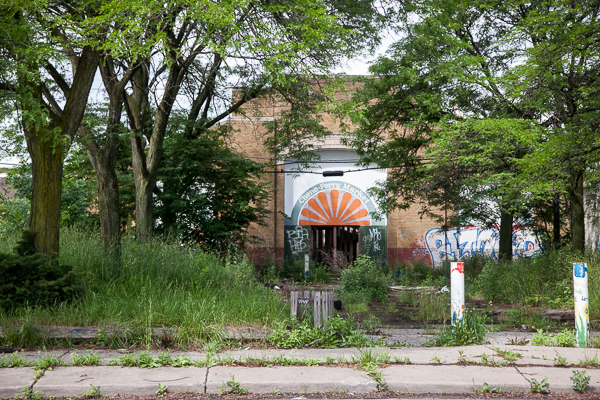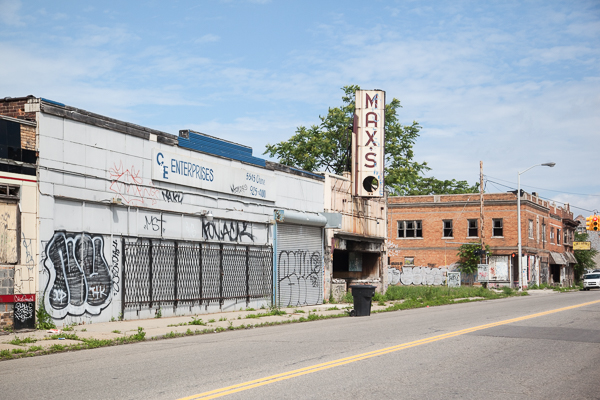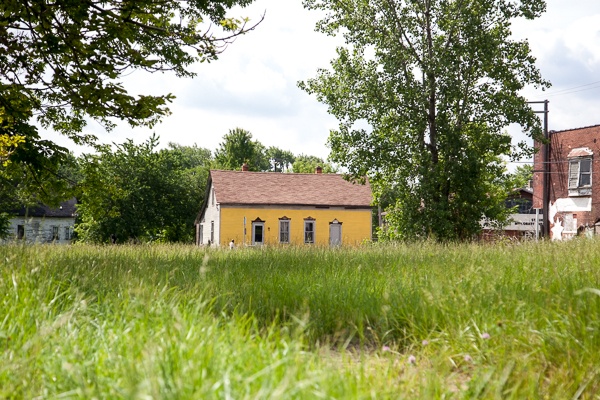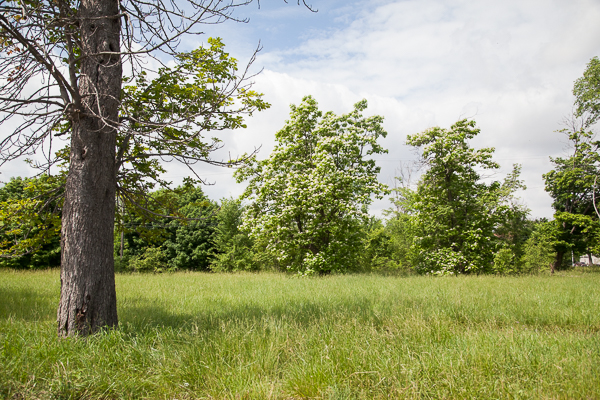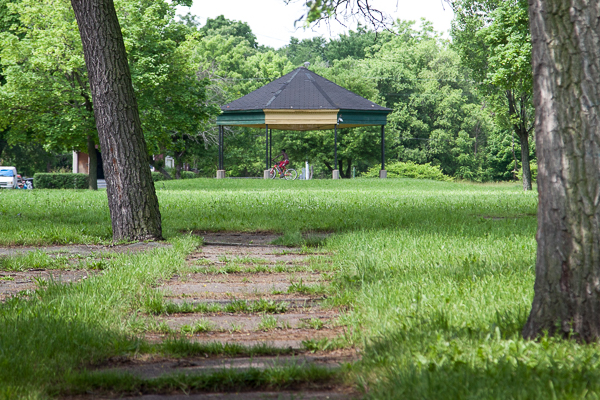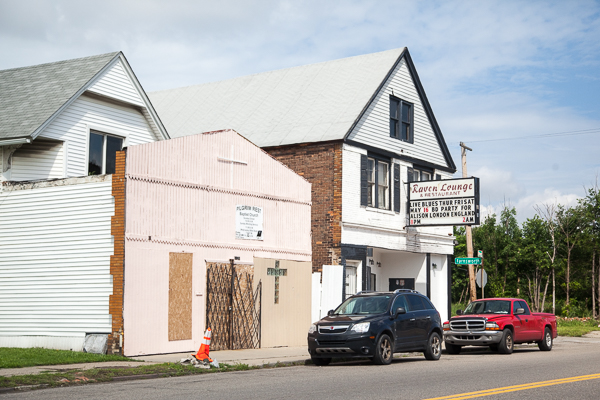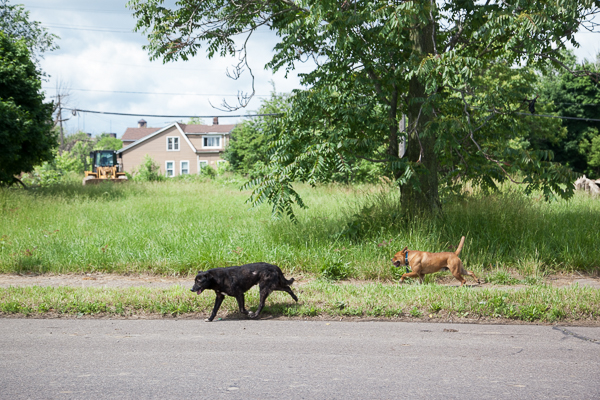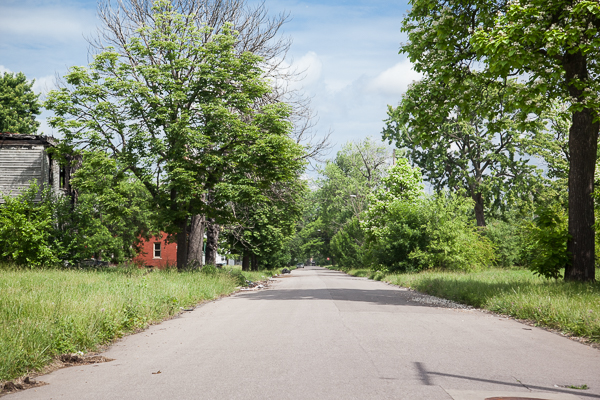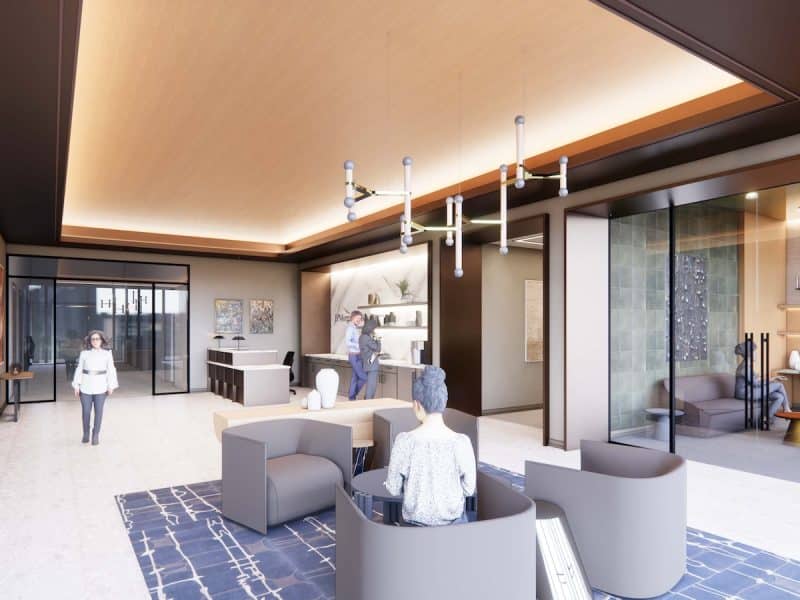Modest market hopes to serve Poletown with fresh produce and dry goods
For some residents of the near east side neighborhood of Poletown, the image of revitalization looks different than it does in other parts of the city. Instead of discussing how to redevelop land, they are figuring out how to allow it to return to its original prairie state, where its occupants and nature coexist. That's what drew Vanessa Cronin to 5200 Chene St., a property she is transforming into Chene Street Grocers, a market that will sell local produce and dry goods.
High end lofts and trendy retail and dining options are the typical images associated with the narrative of revitalization in Detroit. The subtext of that narrative, however, is skyrocketing rents, particularly in the neighborhoods of greater downtown.
But for some residents of the near east side neighborhood of Poletown, the image of revitalization looks different. Instead of discussing how to redevelop land, they are figuring out how to allow it to return to its original prairie state, where its occupants and nature coexist.
That’s what drew Vanessa Cronin to 5200 Chene St., a property she is transforming into Chene Street Grocers, a market that will sell local produce and dry goods. First reported in March by Eater Detroit, Cronin hopes this modest 600-square-foot space will eventually grow into a market, composting center, flower garden, and a fermented foods distributor, all to serve the needs of a small-but-dedicated community of residents who have turned to Poletown as a rural refuge in the inner-city.
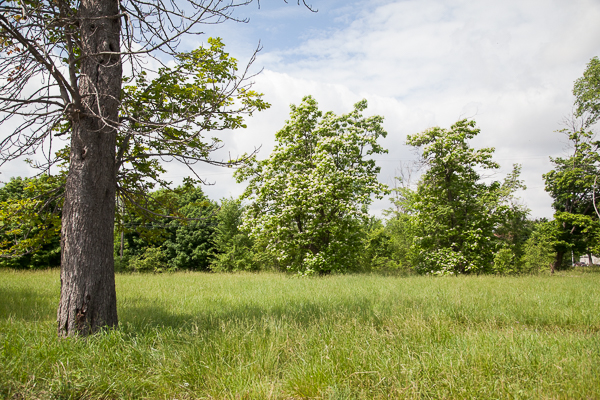
With plans to open this fall, Cronin, a longtime big city girl, plans to source Chene Street Grocers’ produce from local Detroit gardens. Ghost Acre Farm will provide the market with beets, greens and carrots and Occupy Yourself Farms – which stands just a few blocks from Cronin’s property – will grow kale, collard greens, sprouts, and micro-greens. To reduce waste, Cronin and her business partner, Julie Wainwright, a healthy foods educator, also intend to offer dry goods like grains in bulk. It’s no Whole Foods or Papa Joe’s, but that’s the way Cronin likes it.
“We just thought wouldn’t it be great if you get could the types of things offered at Eastern Market [in the neighborhood],” said Cronin, who is also an artist, as well as a baker and cook at Rose’s Fine Foods.
The building that will house Chene Street Grocers was constructed in 1930 and was originally used as a bar. A Coney-type restaurant was attached to the side and a living quarters in the rear. Like the original occupants, Cronin, who purchased the property three years ago, plans to live in the flat.
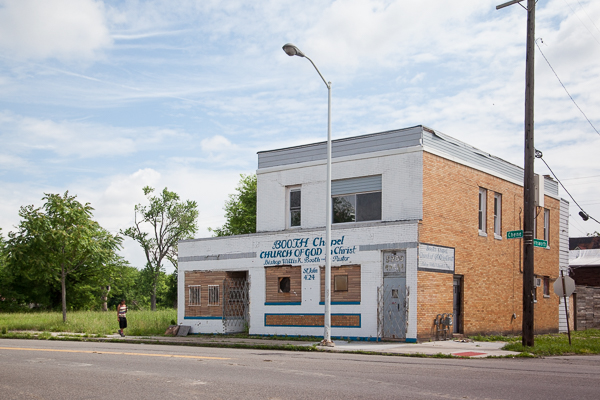
This stretch of Chene between the Hamtramck border and Lafayette Park was once home to one of the busiest shopping districts in the nation, says Marian Krzyzowski, director of the Chene Street History Project, which is working to document the neighborhood’s heritage in a digital archive. More than a half century ago you would have been more likely to walk down Chene, then home to city’s Polish immigrants and a sizable Jewish community, than drive. The smells of smoking kielbasa, freshly-baked challah bread, and pickles wafted through the air (the famous Vlasic empire apparently got its start by producing Polish-style pickles in barrels right in the area). Laborers for the nearby Dodge Main, Packard and Studebaker plants walked to work, and shoppers made their weekly produce run at the Chene-Ferry Farmer’s Market, which served as Poletown’s answer to Eastern Market.
By the 1950s and 60s, even though many of Detroit’s neighborhoods were beginning to experience decline as residents were fleeing to the suburbs, Poletown remained a viable, working-class neighborhood. This had a lot to do with a constant influx of Polish immigrants, who in the 1910s were migrating to Detroit jobs, and who later, like Krzyzowski’s family, were displaced from Poland after the Second World War.
In 1981, the neighborhood infamously became a nationwide case study for eminent domain, when, with the backing of General Motors, the city of Detroit effectively forced 3,500 residents to move from the area to make way for what would become GM Detroit/Hamtramck Assembly, an effort to bring automotive jobs back to the city, says Krzyzowski, who also runs the Institute for Research on Labor, Employment and the Economy at the University of Michigan.
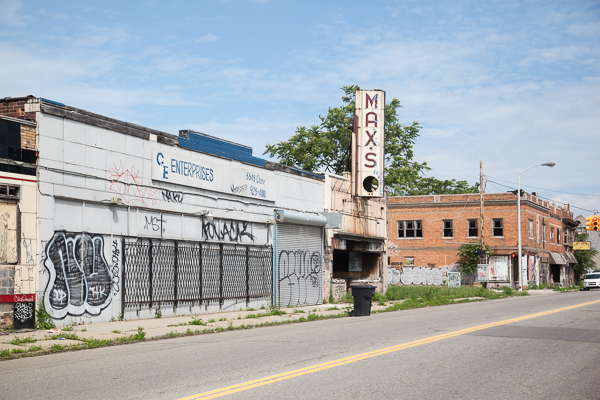
Today, Poletown more closely resembles a sleepy, rural prairie town than a bustling immigrant community, with rolling grassland and abandoned houses and storefronts that look more like long-forgotten, turn-of-the century farmhouses and general stores. But unlike other neighborhoods, which continue to experience the symptoms of abandonment in the form of crime and blight, pockets of residents here have quietly transformed blocks of land into urban gardens and maintain a sort of communal, if not insular existence, as reported in a recent long-form piece by the Metro Times, which followed one such community on Farnsworth, about a mile from where Cronin and her partner plan to set up shop. The Raven Lounge, catty-corner from Chene Street Grocers, has been attracting crowds from around the world for decades. And the area regularly attracts out-of-towners, eager to learn how the neighborhood has learned to make the transformation from urban decay to a new chapter.
With that, the Metro Times reported, are concerns about whether the neighborhood maintain its character and avoid the type of development that have made areas like the Cass Corridor unaffordable. Cronin says she has witnessed this type of gentrification firsthand when she lived in New York neighborhoods like Bushwick, Williamsburg, and the East Village, a phenomenon she calls a “cultural takeover.” She insists that is not what her new venture is about.
“We’re not trying to change anything, we just want to give food to the people who are there,” she says. “It’s a delicate thing, because things are changing. There are lots of people taking pictures and notes in the area, so it seems like development plans are in mind. I’m hoping that the people who have development plans there are conscious about not crowing people out.”
Serena Maria Daniels is a Hamtramck-based freelance writer. Follow her on Twitter @SerenaMaria36.
All photos by Marvin Shaouni.

